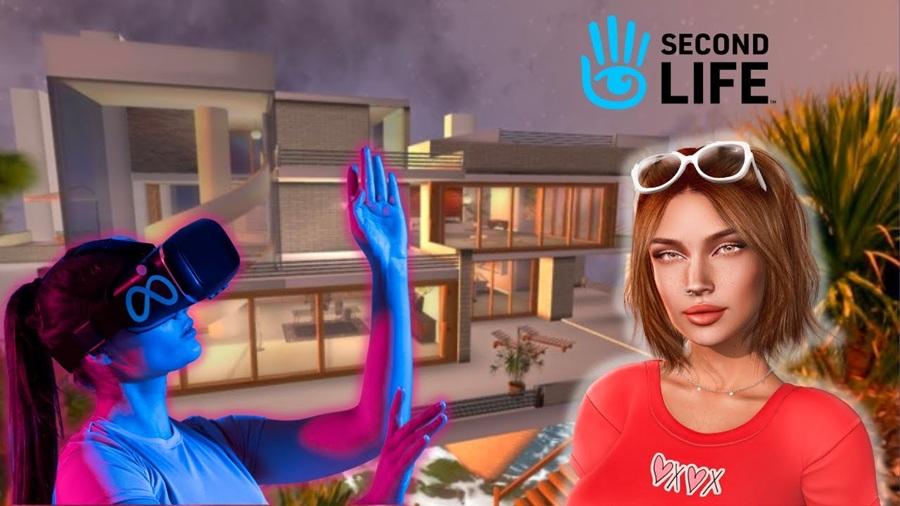🎮 Why Second Life Still Matters in the Age of VR and the Metaverse

When people talk about the “metaverse,” they often think of Facebook’s Horizon Worlds, VRChat, or Roblox. But long before those platforms, there was Second Life — a virtual world launched in 2003. Two decades later, it still has an active community, proving that Second Life is more than a relic of the past — it’s a blueprint for the future.
The Origins of Second Life
Second Life gave users the chance to create avatars, build environments, and interact socially in a persistent virtual world. Unlike traditional games, it had no set objectives or levels. Instead, it was about creativity, exploration, and community.
This open-ended nature is what made it revolutionary. People could design clothes, build houses, run virtual businesses, and even earn real-world money.
Virtual Economy and Real-World Impact
One of Second Life’s biggest innovations was its virtual economy. Linden Dollars, the in-game currency, could be exchanged for real-world money. Some entrepreneurs built successful businesses creating digital items, running events, or offering services.
At its peak, Second Life’s GDP rivaled that of small countries. Even today, creators earn significant income, making it an early example of the “creator economy” that now dominates platforms like YouTube, TikTok, and the broader metaverse.
Why Second Life Still Thrives
Community-first approach: Unlike newer platforms driven by corporations, Second Life is built on user freedom and creativity.
Longevity: Its economy and social networks have kept players engaged for decades.
Cultural significance: Universities, museums, and even governments have experimented with using Second Life for education and outreach.
Second Life vs. Modern Metaverse Platforms
While Meta, Roblox, and VRChat have larger budgets and modern graphics, they often lack the depth of ownership and freedom Second Life provides. Many newer platforms keep tighter control over virtual property and monetization, whereas Second Life pioneered true digital ownership.
Conclusion
Second Life is proof that the metaverse isn’t just a buzzword — it’s a living concept that’s been around for years. As the world debates what the future of virtual reality should look like, Second Life stands as a reminder that sometimes the future has already been built — and it’s still going strong.

